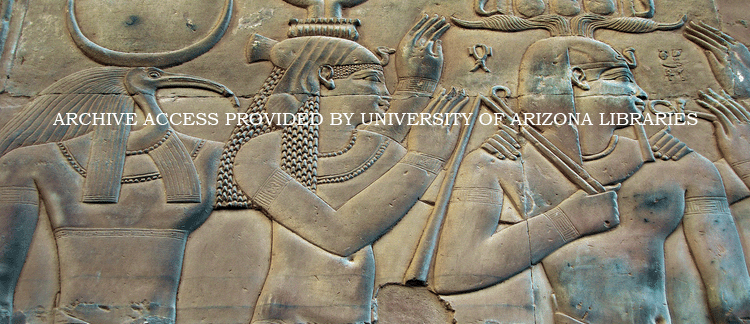Abstract
Even within Sudanese studies, Ancient Nubian glassware is an under-examined area of research. My work uses scientific analysis to identify raw materials and production techniques of Nubian-provenanced glassware from the Meroitic Period (c. 400 BCE–400 CE) and X-Group/Ballana Culture (c. 400–600 CE). This analysis has identified a type of glass indigenous to South East Asia—high-alumina mineral-soda glass—present at the site of Faras, Lower Nubia. My identification of the origin of this coloured glass begs the question how it might have travelled from India, possibly via Egypt, to end up in a child’s grave in Nubia. It also leads us to ask what proportion of glass objects found in the Near East and the Mediterranean originated in India, what else (ideas, customs, traditions) might have travelled with such items, and what influence these interactions might have had not just at Faras but within the region as a whole.
How to Cite
Spedding, J. V., (2019) “Indian Glass in Ancient Nubia”, Journal of Ancient Egyptian Interconnections 22(1), 11-27.
360
Views
166
Downloads
